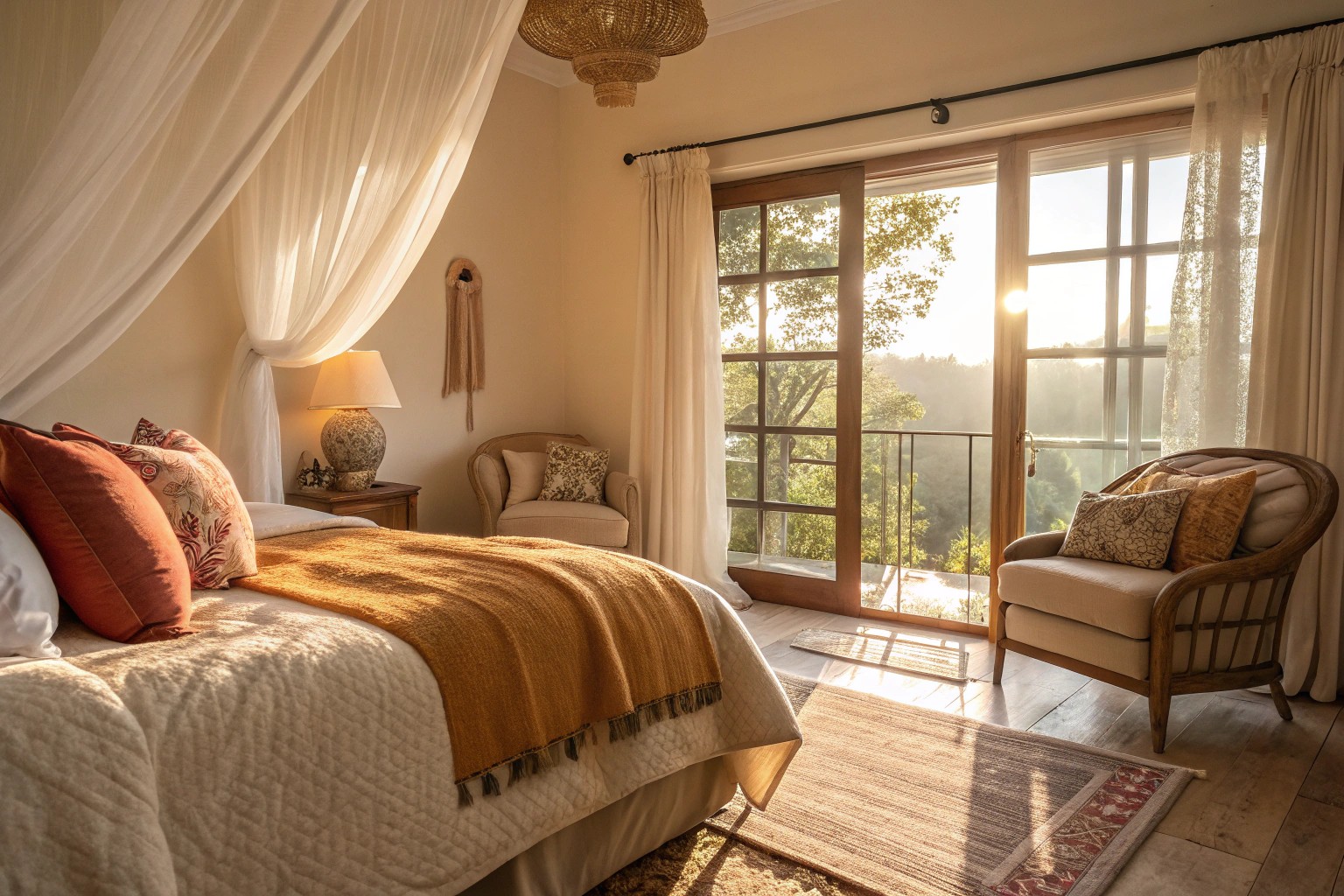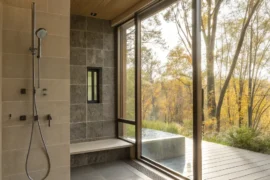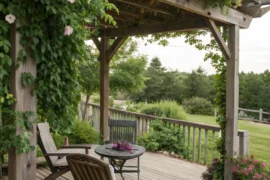In the quiet conversation between our homes and ourselves, touch points serve as the most intimate dialogue. These are the places where our hands meet our living spaces—from the cool brass of a morning door handle to the soft give of an evening armchair. Touch points create the tactile rhythm of our daily experience, often overlooked yet profoundly impacting how we feel about our spaces. Let’s explore how these seemingly small details can transform your home into a sensory sanctuary that truly reflects who you are.
Understanding Home Touch Points

Touch points are any physical elements in your home that you interact with through touch. They’re the silent narrators of your home story, creating both functional connections and emotional responses throughout your day.
I’ve spent years observing how touch points transform spaces from merely visual experiences into fully immersive environments. When we design with touch in mind, we create homes that don’t just look good—they feel good under your hands.
Types of Touch Points in Residential Spaces
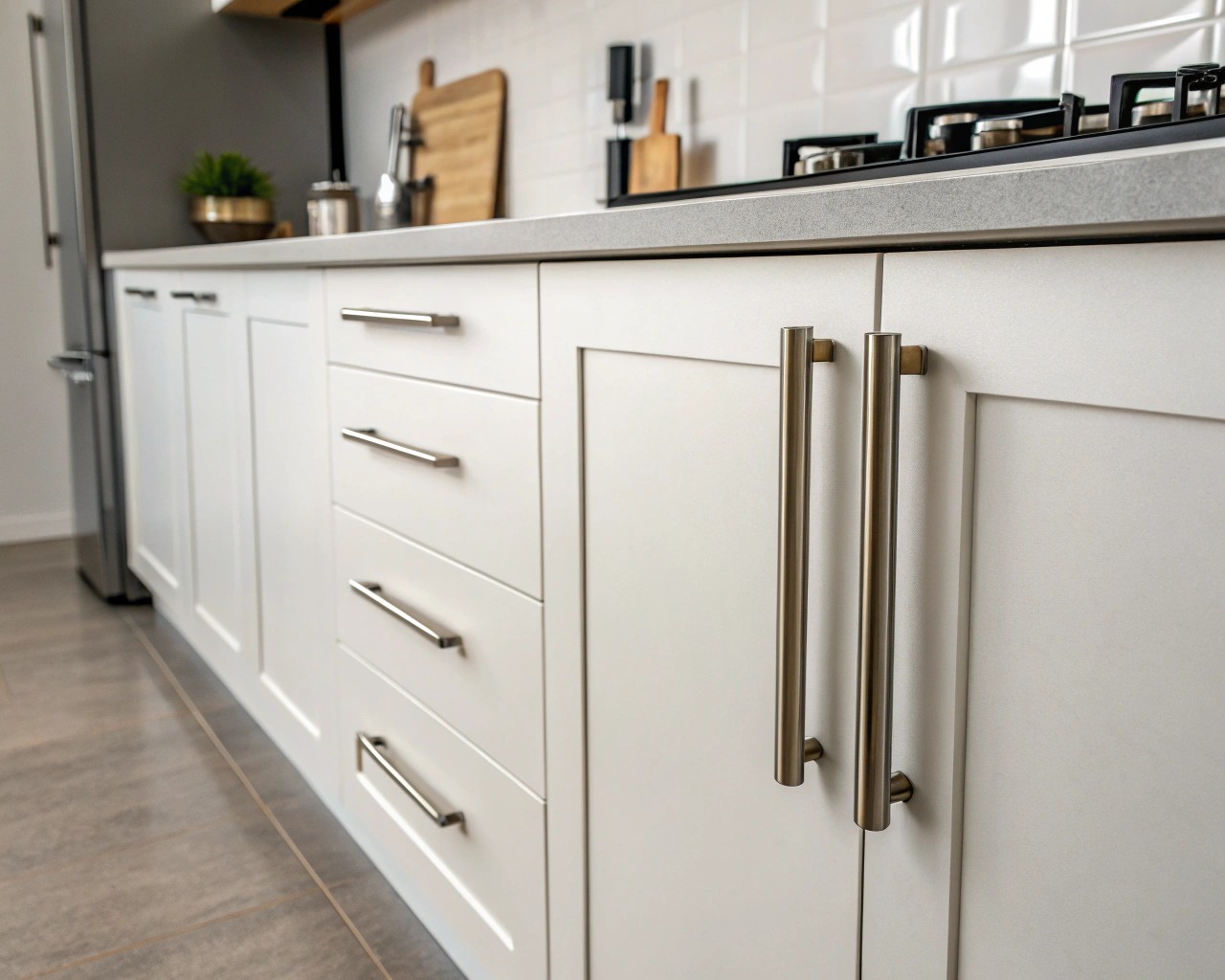
Home touch points generally fall into these categories:
- Functional touch points: Hardware, switches, handles, faucets
- Comfort touch points: Upholstery, bedding, floor surfaces
- Decorative touch points: Textural elements, sculptural objects
- Personal touch points: Meaningful items with emotional connections
Morning Touch Points: Beginning Your Day
The tactile journey through your home begins the moment you wake. These first touch points set the tone for your entire day.
Bedroom Touch Points

Your morning ritual involves numerous tactile interactions:
- Bedside lamp switches (ideally easy to locate by touch)
- Drawer pulls that open smoothly
- Closet handles that respond effortlessly
- Flooring that welcomes bare feet
“When I redesigned the Reynolds’ primary bedroom,” I recall, “we selected handcrafted wooden drawer pulls that felt smooth and warm to the touch. Mrs. Reynolds later told me this small change made her morning routine feel more intentional and less rushed.”
Bathroom Morning Connections
In the bathroom, consider:
- Faucet handles with responsive action
- Cabinet hardware that withstands humid conditions
- Textured floor tiles for secure footing
- Towels with varying textures for sensory interest
Kitchen Touch Points that Welcome Morning
Many of us begin our day in the kitchen, where touch points should support efficient morning routines:
- Coffee maker controls that operate intuitively
- Cabinet pulls positioned for easy access
- Countertop edges that feel comfortable against forearms
- Refrigerator handles with satisfying resistance
Daytime Touch Points: Productivity and Comfort
As your day progresses, different spaces in your home support various activities through their unique touch points.
Home Office/Workspace Connections
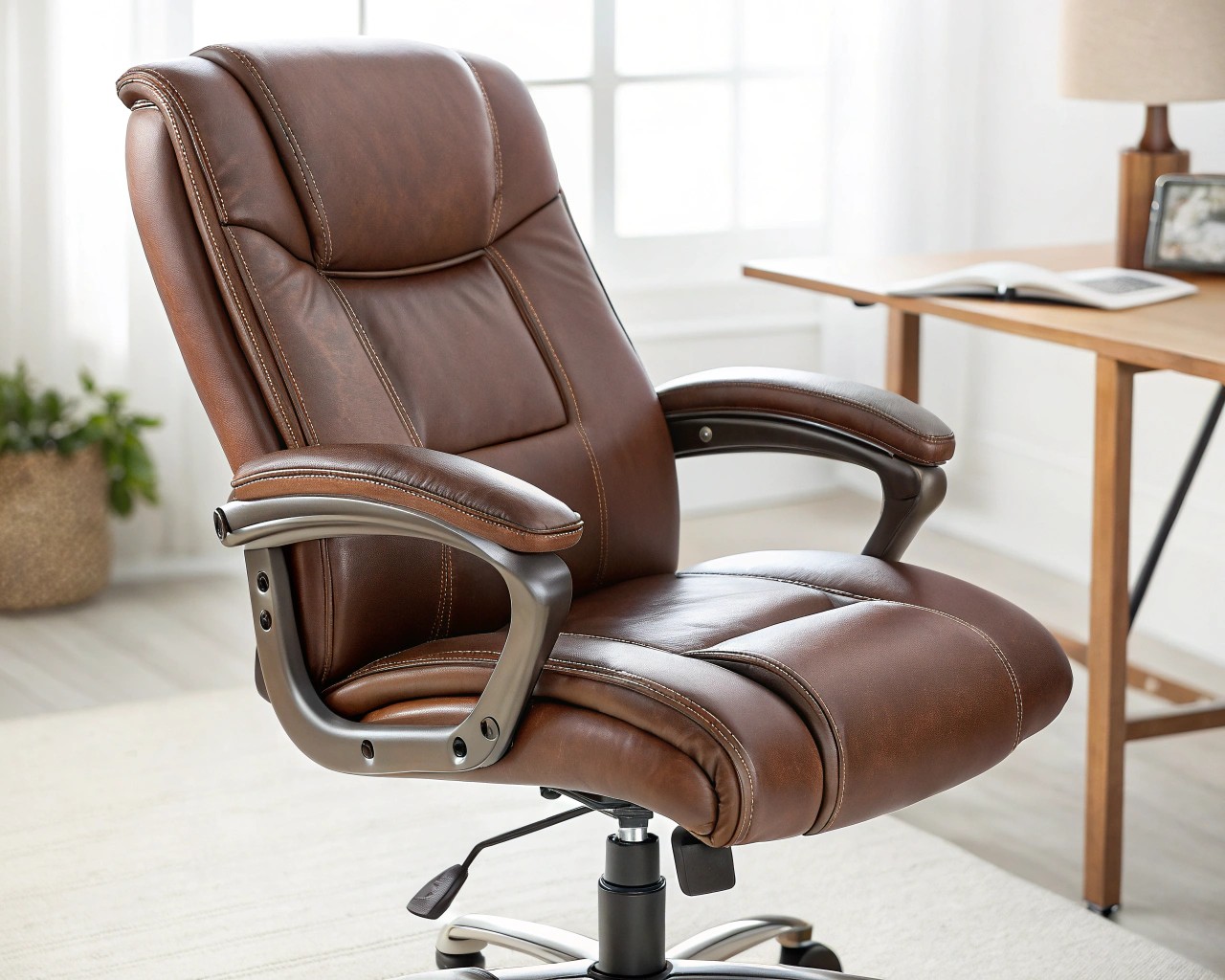
In work areas, touch points should enhance focus and efficiency:
- Desk surfaces that feel pleasant under wrists
- Chair materials that provide comfortable support
- Drawer handles that facilitate organization
- Technology interfaces that respond intuitively
We recently designed a home office for a writer who requested a leather inlay desktop, explaining the importance of it feeling good under her hands throughout the day. That simple touch point transformed both her writing experience and productivity.
Living Space Tactile Elements
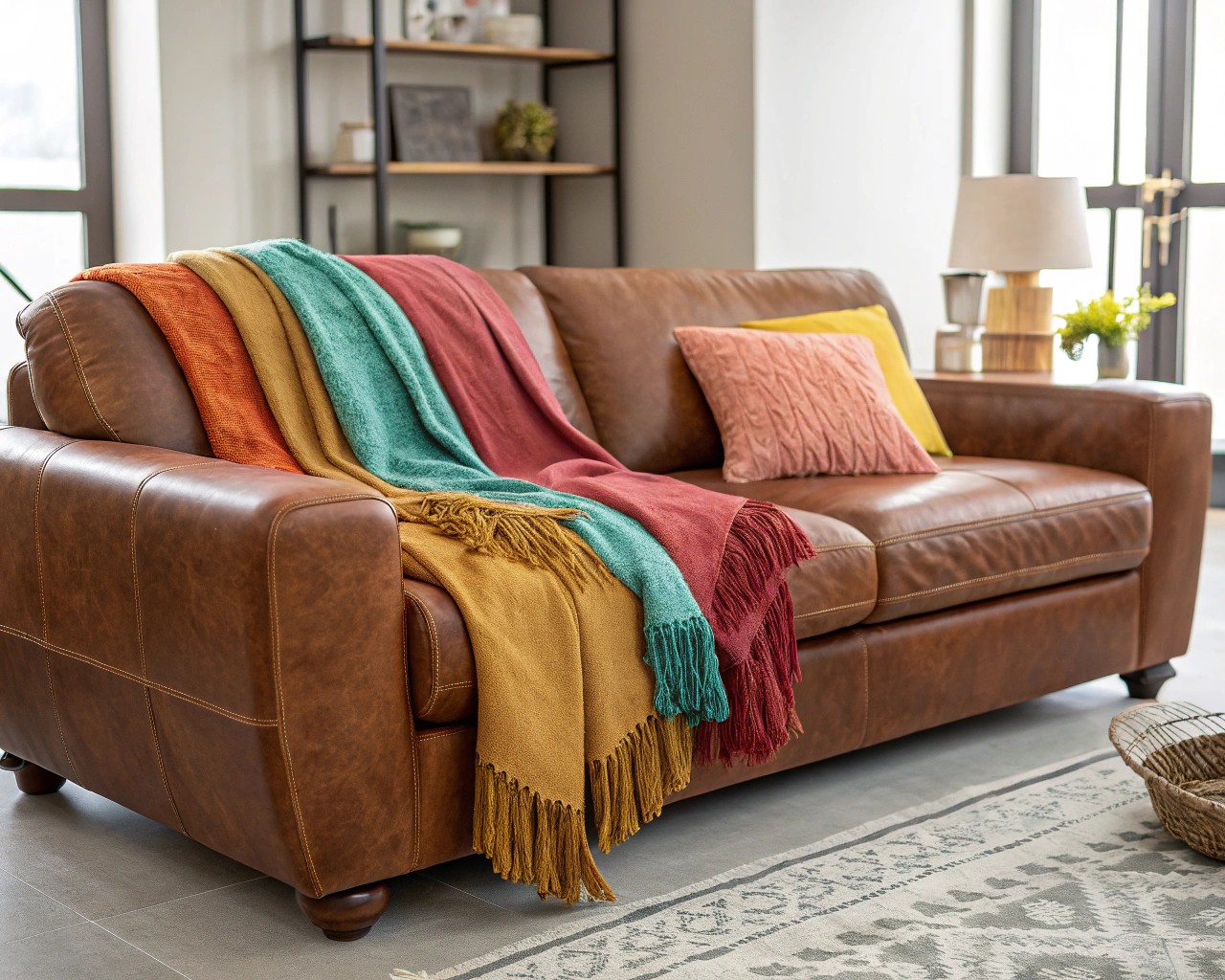
Living areas benefit from touch points that invite relaxation:
| Material | Tactile Quality | Best Applications | Maintenance |
|---|---|---|---|
| Wood | Warm, natural, varied grain | Furniture, floors, handles | Requires periodic oiling |
| Metal | Cool, substantial | Hardware, fixtures, accents | May show fingerprints |
| Leather | Warm, yielding, develops patina | Upholstery, accent surfaces | Needs conditioning |
| Natural Stone | Cool, substantial, unique textures | Countertops, decorative elements | Requires sealing |
| Textiles | Varied warmth and texture | Upholstery, window treatments | Regular cleaning |
Transition Spaces
Hallways and entryways deserve attention to their touch points:
- Door handles that operate smoothly
- Light switches placed at intuitive locations
- Stair railings that provide secure grip
- Console surfaces for dropping daily items
Creating Focal Points Through Touch
Strategic touch points can create focal points that draw attention and add character to your spaces. Consider these approaches:
- Accent through contrast: Use contrasting textures to create visual and tactile interest
- Statement hardware: Oversized or artistically crafted hardware draws attention
- Textural layering: Build depth by combining multiple textures in one area
- Lighting as touch point: Fixtures that invite interaction become focal elements
Evening Touch Points: Unwinding and Relaxation
As day transitions to evening, touch points should begin signaling relaxation and comfort.
Dining Area Connections

In dining spaces, consider:
- Chair backs and seats that encourage lingering
- Table surfaces with pleasant hand feel
- Serving pieces with satisfying weight
- Textiles that add softness to the dining experience
Entertainment Area Touch Points
Spaces for evening relaxation benefit from:
- Remote controls with intuitive buttons
- Throws and cushions with comforting textures
- Furniture arms that support different sitting positions
- Accent pieces with interesting tactile qualities
Outdoor/Garden Evening Elements
Extend your touch point strategy to outdoor spaces:
- Patio furniture with weather-appropriate textures
- Outdoor lighting controls with good tactile feedback
- Planters and garden elements with varied textures
- Path materials that feel secure underfoot
Personalizing Your Home’s Touch Points
DIY Approaches to Custom Touch Points
You can personalize many touch points with simple DIY projects:
- Replace standard cabinet hardware with vintage or artisanal pieces
- Add textured covers to light switch plates
- Refinish wooden surfaces to achieve desired texture
- Create custom textile elements like pillows or table runners
Curating Personal Collections as Touch Points
Personal collections serve as meaningful touch points that tell your story:
- Display curated collections on custom-built shelves
- Showcase treasured items where they can be touched and enjoyed
- Arrange books not just for appearance but for the pleasure of handling
- Incorporate found natural elements with interesting textures
Case Study: The Transformative Power of Touch Points
The Martins approached me to help with their new home that felt “builder basic” despite good architectural features. During our consultation, Mrs. Martin mentioned her grandmother had been a ceramicist, and the family had inherited several pieces.
We used these ceramic pieces as inspiration for the home’s touch point strategy:
- Displayed some prominently in touch-friendly locations
- Used one bowl as a model for custom sink basins
- Had cabinet hardware custom-cast to echo the glazing pattern
- Selected wall textures that complemented the ceramic finishes
“I feel my grandmother’s presence every time I open a cabinet,” Mrs. Martin shared months later. “The house finally feels like ours.”
Sensory Interior Design: Beyond Visual Appeal
Engaging Multiple Senses Through Touch Points
Touch points can engage multiple senses simultaneously:
- Materials that change temperature (like stone that warms to touch)
- Textiles that create subtle sounds with movement
- Wooden elements that release gentle scent when touched
- Reflective surfaces that change with light throughout the day
Balance in Sensory Design
When developing your home’s touch point strategy, aim for balance:
- Contrast rough with smooth textures
- Mix warm and cool elements
- Combine natural and manufactured materials
- Integrate both traditional and contemporary touch points
Achieving balance in sensory design is crucial. Research confirms that our home environment significantly influences our mood and overall well-being; satisfaction with interior spaces often correlates with greater general happiness.
Touch Points for Different Family Members
Kid-Friendly Touch Points
Children experience touch points from a different perspective:
- Lower height hardware accessible to small hands
- Rounded edges for safety
- Materials that withstand enthusiastic use
- Varied textures that support sensory development
Accessible Touch Points for Aging in Place
For older adults or those with disabilities:
- Lever-style door handles instead of knobs
- Rocker-style light switches for easier operation
- Textured flooring transitions to signal level changes
- Grab bars and railings with comfortable grip surfaces
Pet-Friendly Considerations
Even our pets interact with home touch points:
- Scratch-resistant materials in high-traffic areas
- Washable fabrics for pet-accessible furniture
- Floor textures that provide secure footing
- Dedicated pet touch points like scratching surfaces
Client Story: The Mindful Bachelor Pad
Michael, a 34-year-old tech executive, contacted me about his apartment that felt “impressive but impersonal.” We focused on touch points to transform the space:
“For years I thought good design was purely visual,” Michael confessed during our initial consultation. “I never considered how my home should feel under my hands.”
We implemented several changes:
- Replaced metal drawer pulls with hand-carved wooden ones
- Added leather desk accessories with pleasant hand feel
- Installed natural stone countertops with leathered finish
- Selected upholstery with subtle texture variations
Six months later, Michael reported: “I never realized how much I was missing. Now my home actually feels like a retreat, not just a showplace.”
Seasonal Touch Point Rotations
Your home’s touch points can and should evolve with the seasons:
Winter Touch Points
- Add throws with soft, warm textures
- Switch to heavier, warmer bedding
- Consider heated flooring in bathrooms
- Introduce textured rugs to bare floor areas
Summer Touch Points
- Replace heavy fabrics with lighter, cooler options
- Switch to breathable bedding materials
- Emphasize smooth, cool surfaces
- Add natural elements like stone and ceramic
When we understand the importance of seasonal adaptation, we create homes that remain comfortable and engaging year-round.
Creating Daily Rituals Around Touch Points
Meaningful touch points can become anchors for daily rituals:
- Morning ritual: A specially selected coffee mug that feels perfect in your hands
- Workday transition: A textured throw pillow that signals relaxation time
- Evening unwinding: A specific chair with arms that perfectly fit your hands
- Bedtime routine: Layered bedding textures that create a sense of sanctuary
These intentional interactions help create meaningful transitions throughout your day.
Sustainability in Touch Points
In our current age of environmental awareness, consider the sustainability of your touch points:
- Choose natural materials with responsible sourcing
- Select quality items that will age beautifully rather than require replacement
- Consider vintage or antique hardware that brings character and reduces consumption
- Work with local artisans to create custom touch points with minimal transportation impact
Choosing sustainable, natural materials for touch points often fosters a deeper connection to the home. Such materials carry inherent stories and evolve gracefully, adding character over time.

